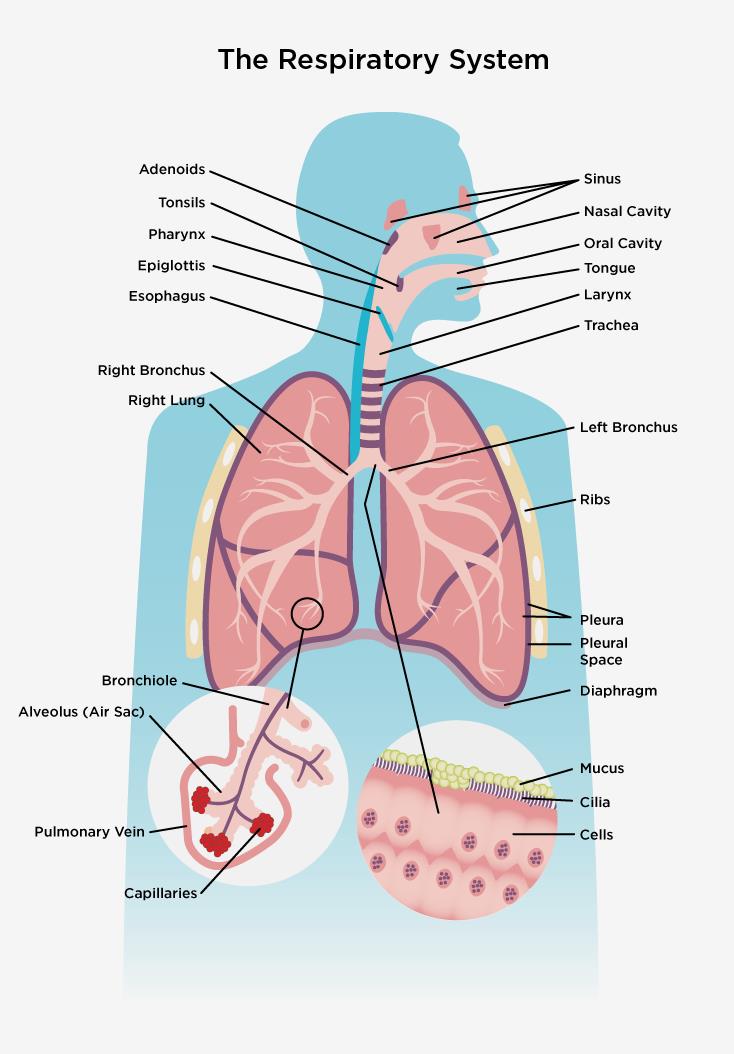
Photo credit: www.lung.ca
Millions of people die each year from long-term exposure to fine particulate matter, classified as PM2.5. Studies have also shown a correlation between influenza-like illness and increased PM2.5. Although it’s well known that microorganisms exist in particulate matter (bioaerosols), the infectivity of viruses when they interact with particulate matter is relatively unknown. At the SOCAAR Seminar on March 7, Dr. Nicolas Groulx, a Postdoctoral Intern in the Department of Microbiology & Division of Infectious Diseases at Sunnybrook Health Sciences Centre and Research Institute and the University of Toronto, spoke about the effects of environmental pollutants on the infectivity of viruses in the air. Continue reading



